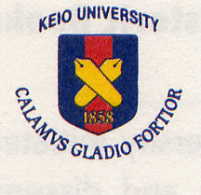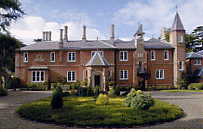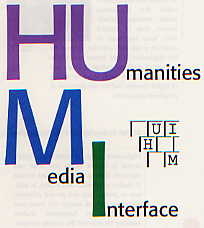What about the HUMI Project?
In 1996, Keio university began research into the digitisation of historic books, and set up an inter-faculty organisation called the Humanities Media Interface (HUMI) Project. One of its first tasks was to invent, and then implement, a safe and effective way to digitize the contents of old, rare and inevitably fragile books and documents. Various types of cameras were tested, and certain peripheral equipment had to be developed.
Once this was achieved, it was possible to envisage complex research projects, using the digital images, which would be impossible using conventional methods. In 1998, work began to digitise the Gutenburg Bible owned by the Cambridge University Library. Other Gutenburg Bibles held in Mainz and London were also photographed. Comparisons could now be made of the different editions in order to identify the various editions produced, and even how many different printing presses may have been used over the years.
Where does the Bury Bible fit in?
In 2001, the Keio University decided to set up its HUMI Project at its premises in the United Kingdom, at Nowton Court, just outside Bury St Edmunds. To launch the project in its new home, it was felt appropriate to begin with the Bury Bible, located conveniently nearby, in the Parker Library at Corpus Christi College in Cambridge.
The Project began in May, 2001, and was completed in the Summer. At the same time, Professor R M Thomson completed his book on the Bury Bible, for the Woodbridge based publishers, Boydell and Brewer. The Keio images were reproduced in facsimile size as part of the new book, and 2001 thus saw the publication of many of these images for the first time ever.
On 22nd November 2001, the Digital Bible and the book "The Bury Bible", were officially launched at the Parker Library, and the Mayor of St Edmundsbury Borough Council was presented with copies on behalf of the people of the town and its surroundings. Copies were also presented to the Parker Library.

Prepared for the St Edmundsbury website
by David Addy, January 2002
Books consulted:



